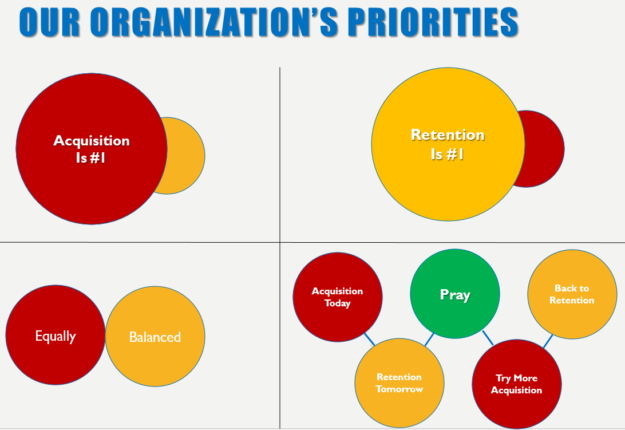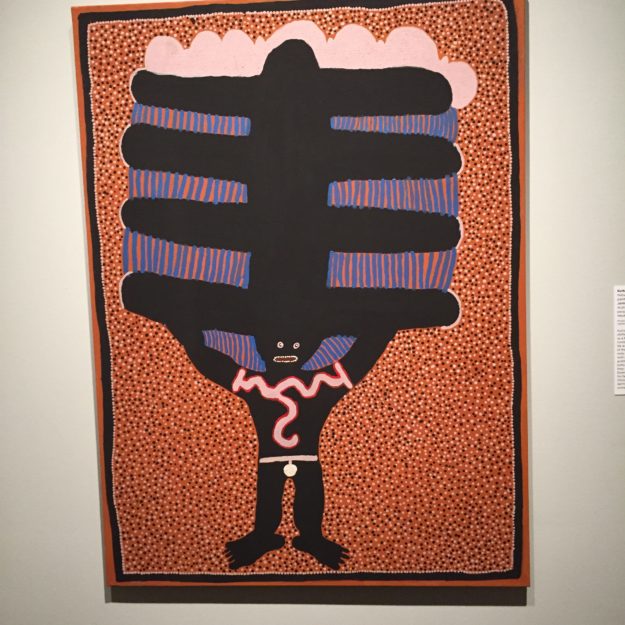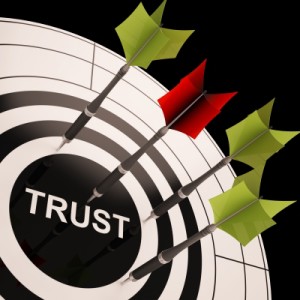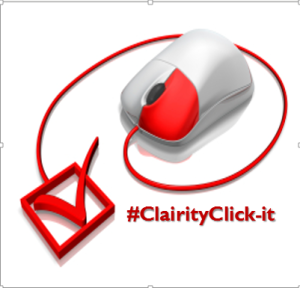I cannot tell you how many times I begin a consultation with a small nonprofit, only to discover they have no real donor database.
They’re still using Excel or Filemaker or something that was developed for the program or finance department many moons ago.
I also find many nonprofits that do have a decent fundraising database, but they aren’t really using it to their advantage.
It’s the equivalent of having a 747; then using it to drive down the block to the corner store.
If you’re not exactly maximizing the resources you have, or if you simply don’t have the resources you need, it’s going to adversely affect your fundraising results.
We live in an era of ‘Big Data.’ Which means that understanding why data is important, what data is most meaningful to you, and how to prioritize data collection and evaluation strategies to help you reach your goals has never been more important.
If your fundraising and marketing strategy is not currently undergirded by data, I guarantee you’re missing opportunities, working inefficiently and leaving money on the table.
Could you use a bit of guidance?
Read on…















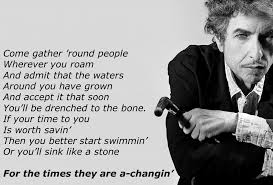

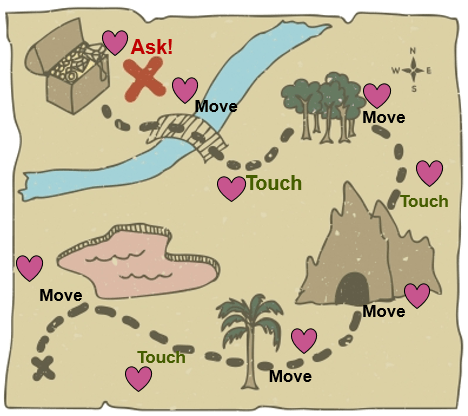


 “Begin at the beginning and go on till you come to the end; then stop.” So wrote Lewis Carroll in Alice in Wonderland.
“Begin at the beginning and go on till you come to the end; then stop.” So wrote Lewis Carroll in Alice in Wonderland.
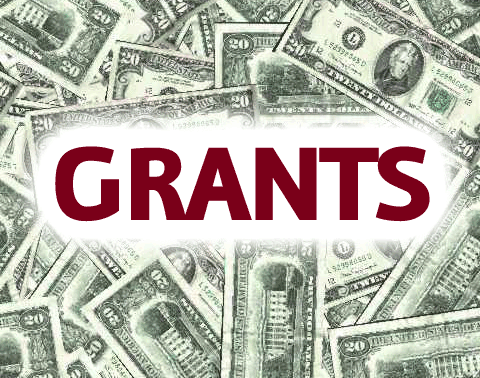



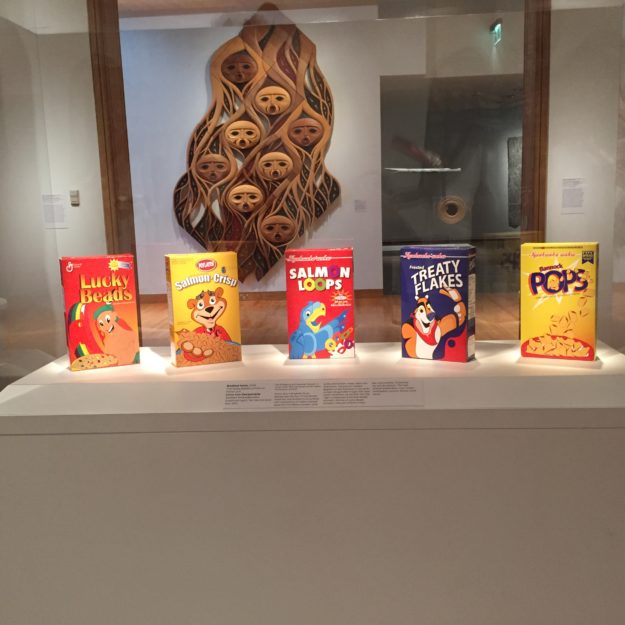


 I often say “if you want gifts, you must give them.”
I often say “if you want gifts, you must give them.”

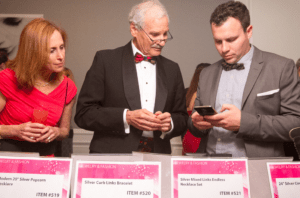 Charity auctions are an oft-held fundraising event, but even the most seasoned nonprofits often don’t host them well.
Charity auctions are an oft-held fundraising event, but even the most seasoned nonprofits often don’t host them well.